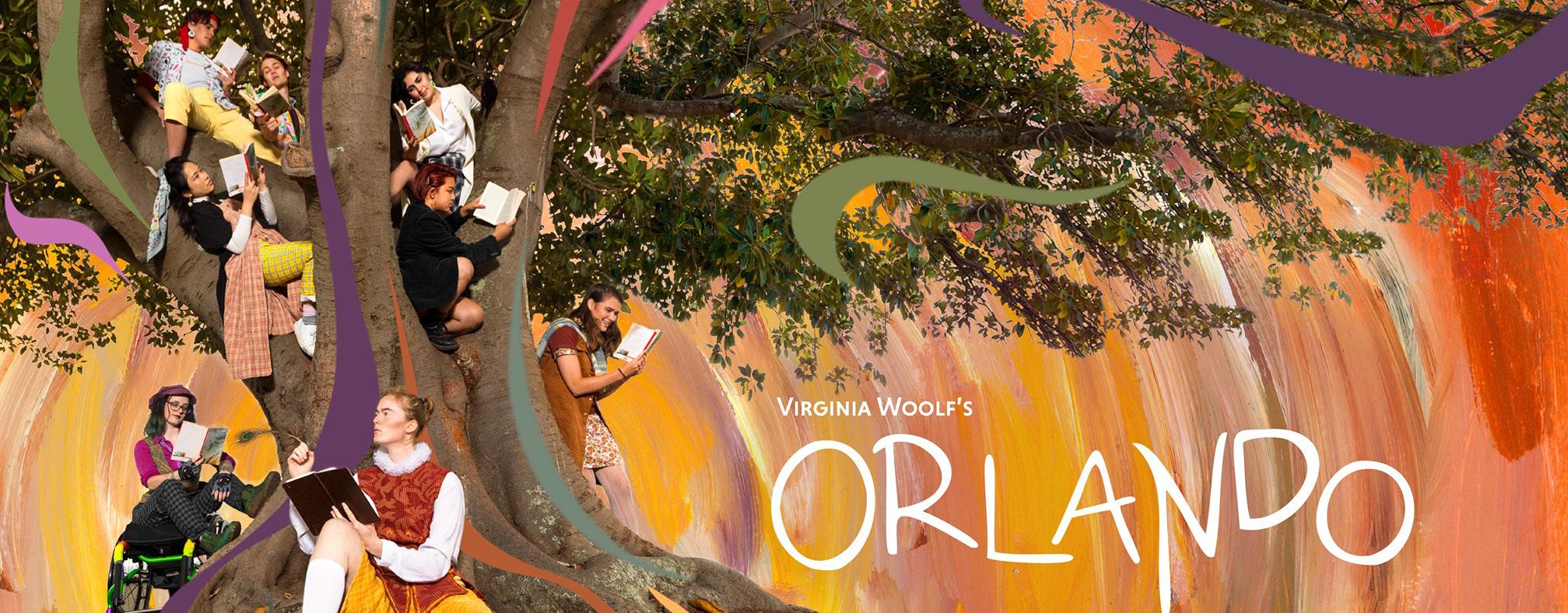
4 minute read
Pei Tan
Psychosis and Film
Pei Tan on how horror films create stigma for the mentally ill
Advertisement
Psychosis is used to describe conditions that affect your mind, where there has been some loss of contact with reality. When someone becomes ill in this way, it is called a psychotic episode. Psychotic episodes may cause incoherent speech, frenzied thinking, and delusions. It has also become a common trope in horror films.
In August of last year, I experienced a psychotic episode. For hours, I varied between being manic with frenzied thoughts and slumping into a sleep-like state. Coming out of it, I became all-too aware of how strange my actions had been, and how I had lost control of my body during the ordeal. I was also scared at the fact that I had exhibited actions I had previously only seen on-screen. Amidst my attempt to grasp reality, I struggled with the thought that I had imitated behaviours so bound up with the horror genre. A study into the portrayal of psychosis and mental health care environments in horror films explores this common cinematic trope. Using the terms “mental/ psychiatric patient,” “psychosis/ psychoses,” and “mental/ psychiatric hospital” on various film forums revealed 55 films (2000 - 2012), which the study then analysed for findings. It was found that “a “twist” in the plot often involves the protagonists discovering their tormentors are in fact themselves in another form. This sensationalises psychosis; according to Goodwin, the study’s author, “in almost 70% of these movies, characters are … labeled inappropriately as having a split personality, which is not a form of psychosis. Glass and mirrors are used to highlight their fragile nature, and to emphasize their ‘otherness.’”
This otherness is a feeling that I know too well, and one that has plagued me ever since my experience. I still vividly remember staring into my reflection in the mirror in a state of dissociation, terrified by how I was acting. It didn’t help that this was echoed in these films, which as Goodwin points out, frequently “feature the individual experiencing ... psychosis looking into a shattered mirror or glass object, rendering them incomplete, and highlighting the ‘otherness’, the monster-like qualities.” In those scary moments, I found myself afraid of myself and this “otherness, the monster-like qualities” I was exhibiting. What was happening to me? I felt so crazy and unhinged -- I felt like I wasn’t myself but a “split” version of me.
Looking back, I realise that such thoughts stemmed from my perception of psychosis, which was largely influenced by its portrayal within popular culture and film. At this point, I have to the question: Is the shock value of psychosis in horror film really worth the stigmatising effect it has on people who actively experience it in reality? This isn’t confined to psychosis, but also the stigmatising effect horror films have on mental health care environments. Even after experiencing a psychotic episode, I was adamantly against being admitted into a psychiatric hospital. It was only when I experienced a panic attack in public that I was involuntarily admitted.
Goodwin’s study further revealed that about half of the films which feature mental health care environments “feature environments that are either haunted or deal with supernatural elements, [relating] to the ancient idea of people being damned with mental ill health, painting them as either a modern incarnation of the devil, or as products of the devil” With such negative portrayals in the media, it is little wonder that mental health care environments are so stigmatised. While they certainly aren’t perfect, psychiatric wards differ significantly from their cinematic counterparts. The depiction of these places as
spaces for the supernatural and psychopathic killers to wander make the experience of being in a psychiatric ward all the more alienating. So, what can we do to combat this stigmatisation? As such an established horror trope, it’s unlikely that such portrayals will disappear from such films. Additionally, horror films don’t always have a negative effect on the portrayal of mental health -- it’s the act of treating it as the supernatural, the wild unknown, which contributes to the stigma. Perhaps if horror films sympathised more with those experiencing mental illness, rather than portraying them as unknowable villains, the story would be very different. The portrayal of mental health on the big screen has improved in recent years, with films such as The Silver Linings Playbook revolving around a protagonist with bipolar disorder. This allows audiences to sympathise and empathise with those with mental illness, relating to them rather than being scared of them. The depiction of mental illness within a heart-warming love story contributes to a normalisation of psychological disorders. It’s something that I hope to see more in film as society becomes more familiar and comfortable with discussions around mental health and psychosis.
Art by Robin Eames








